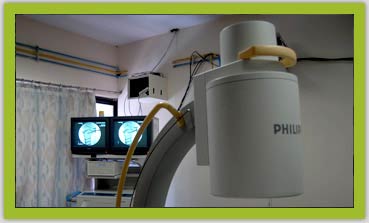Keloids are skin-covered outgrowths that occur at sites of injury. They are warm, itchy, pink and at times painful.
1. Are they common?
It is estimated that 15 to 20% of the population are keloid prone, however not all keloids are due to piercing and not all pierced areas develop keloids.
2. Why does a keloid form?
When a deep injury such as piercing occurs, Collagen and elastinfibres in the dermis break and part. In the process of healing, new fibres are formed and deposited by cells called fibrocytes in the dermis. Normal healing stops when adequate fibres are produced. In the keloid prone, the chemical signals that regulate fibrocytes may be defective and the deposition of new fibre does not stop when it must. This results in the accumulation of a large heap of fibres covered by epidermis. This growth is visible to us as a keloid.
The most important thing is to not sit on the problem and attempt to wish away the keloid. Consult your doctor. Medicines can be injected to melt the keloid Keloids can be frozen and then a medicine can be injected Laser can be used to remove the keloid at once, and the results are good in experienced hands. The doctor decides on the technique depending on the size, site, number of keloids and age of the keloid, age and general health of the patient.
Surgery does not influence the keloid-forming tendency, which is genetic. Please note that genetic means controlled by genes and not necessarily hereditary. After a keloid is removed, the operated area is at risk of becoming a keloid again. The doctor will ask you to follow up for a few visits and inject a fibrocyte inhibiting substance, or prescribe a local application to do the same. Keloid surgery can offer a flat symptom free area of shiny skin, but cannot restore it to the original appearance of surrounding normal skin with its pores, hairs and lines.
As the skin ages, there is a gradual reduction in the amount of hyaluronic acid. The drop in HA starts at around the age of 18-20 years, and can be contributing factor in later years to a loss of skin elasticity and formation of lines and wrinkles. Hyaluronic acid has, for a number of years, been used to fill out deeper lines and wrinkles, or to enhance lips.
A relatively new technique using a specially prepared version of hyaluronic acid for mesotherapy linked to a specific injection technique allows an experienced practitioner to directly inject hyaluronic acid into larger areas of skin to help improve skin quality and hydration. It improves the condition of the dermis and stimulates the production of collagen, elastin and the body`s own hyaluronic acid.
It also enhances the body`s defense against free radicals, thereby improving cell function and contributing to a fresher and more youthful skin appearance.

